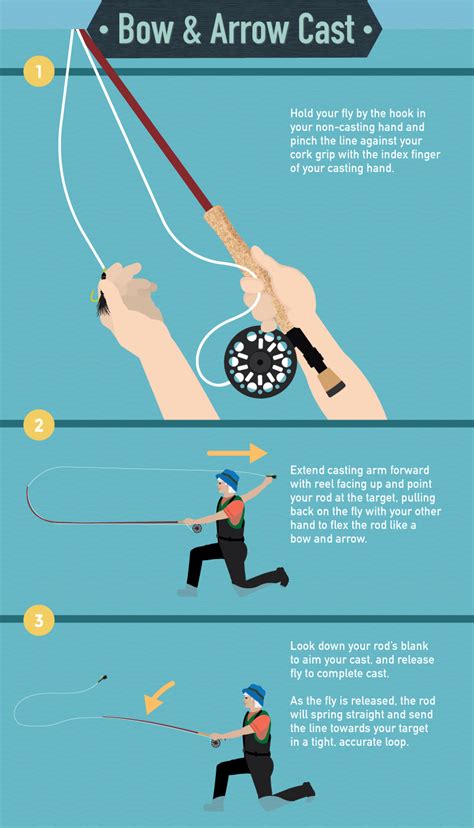How to Fly Fish: A Beginner's Guide to Mastering the Art
Fly fishing. The very words evoke images of pristine rivers, graceful casts, and the thrill of a hard-fighting trout. But for beginners, it can seem like a daunting pursuit. This comprehensive guide breaks down the fundamentals, helping you transition from novice to confident angler.
Choosing Your Gear: The Essentials for Success
Before you even think about casting, you need the right equipment. While high-end gear is tempting, starting with quality basics is key.
The Rod:
- Weight: Choose a rod weight appropriate for your target fish and the water you'll be fishing. A 5-weight rod is a versatile choice for many situations.
- Length: A 9-foot rod is a good starting point for beginners. Shorter rods are better for tight spaces.
- Material: Graphite rods offer a great balance of strength and flexibility.
The Reel:
- Size: Match the reel size to your rod weight. It should be large enough to hold a sufficient amount of backing and fly line.
- Type: A simple, reliable reel is ideal for beginners. Don't worry about fancy features just yet.
The Line:
- Weight: The line weight must match your rod weight (e.g., a 5-weight line for a 5-weight rod).
- Type: Start with a weight-forward floating line. This is the most versatile type for beginners.
The Flies:
- Variety: Begin with a selection of dry flies, nymphs, and wet flies in various colors and sizes. A local fly shop can provide recommendations based on your location and target species.
Mastering the Cast: The Foundation of Fly Fishing
The fly cast is the heart of fly fishing. It takes practice, but with patience and persistence, you'll develop a smooth, accurate cast.
The Basic Overhead Cast:
- Grip: Hold the rod comfortably, but firmly.
- Stripping Line: Strip out enough line to allow for a good cast.
- Backcast: Lift the rod smoothly backward in a pendulum-like motion, forming a smooth loop of line behind you.
- Forward Cast: Bring the rod forward, continuing the pendulum motion, creating a loop of line in front of you.
- Presentation: Aim for a gentle, accurate presentation of the fly to the water.
Practice Makes Perfect:
Practice casting in an open area before heading to the river. Start with short casts and gradually increase your distance as your technique improves. Consider watching videos or taking a lesson from an experienced angler.
Understanding Your Surroundings: Reading the Water
Successful fly fishing involves more than just casting. Understanding the water is crucial.
Finding Fish:
Look for areas with structure, such as riffles, pools, and eddies. These areas provide cover and food for fish.
Observing the Water:
Pay attention to the current, water depth, and aquatic vegetation. These factors influence where fish are likely to be found.
Stealth is Key:
Approach the water quietly and avoid casting your shadow on the water. Fish are easily spooked by sudden movements.
Beyond the Basics: Advanced Techniques and Tips
Once you've mastered the fundamentals, you can explore more advanced techniques, such as:
- Different casting styles: Learn techniques like the roll cast and the curve cast for navigating obstacles.
- Advanced fly selection: Experiment with different fly patterns to match the insects that fish are feeding on.
- Reading water more effectively: Develop your skills in identifying feeding lanes and ambush points.
Fly fishing is a rewarding and challenging pursuit. With dedication and practice, you'll be amazed by the beauty and excitement it offers. Remember to always respect the environment and practice catch and release whenever possible. Tight lines!
